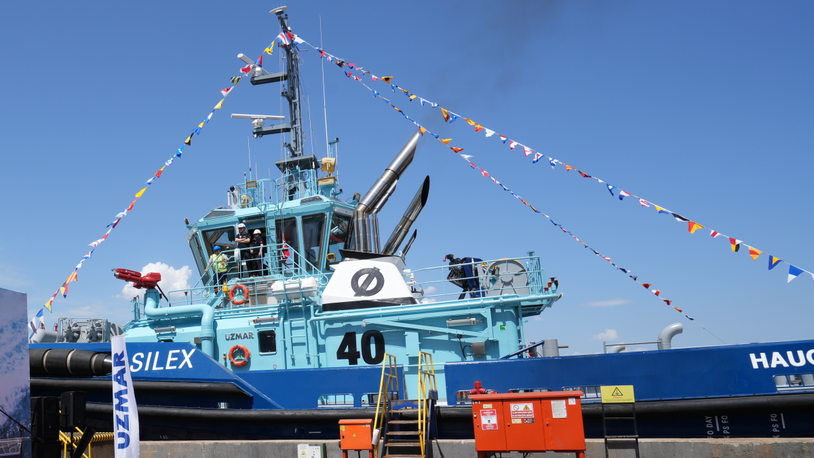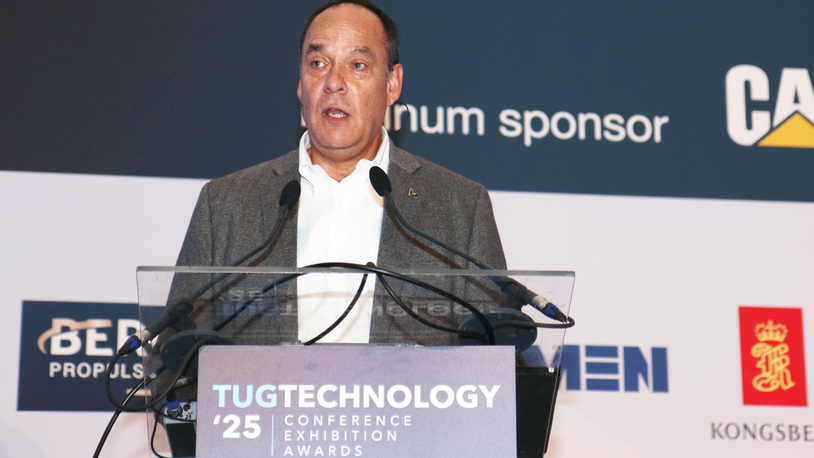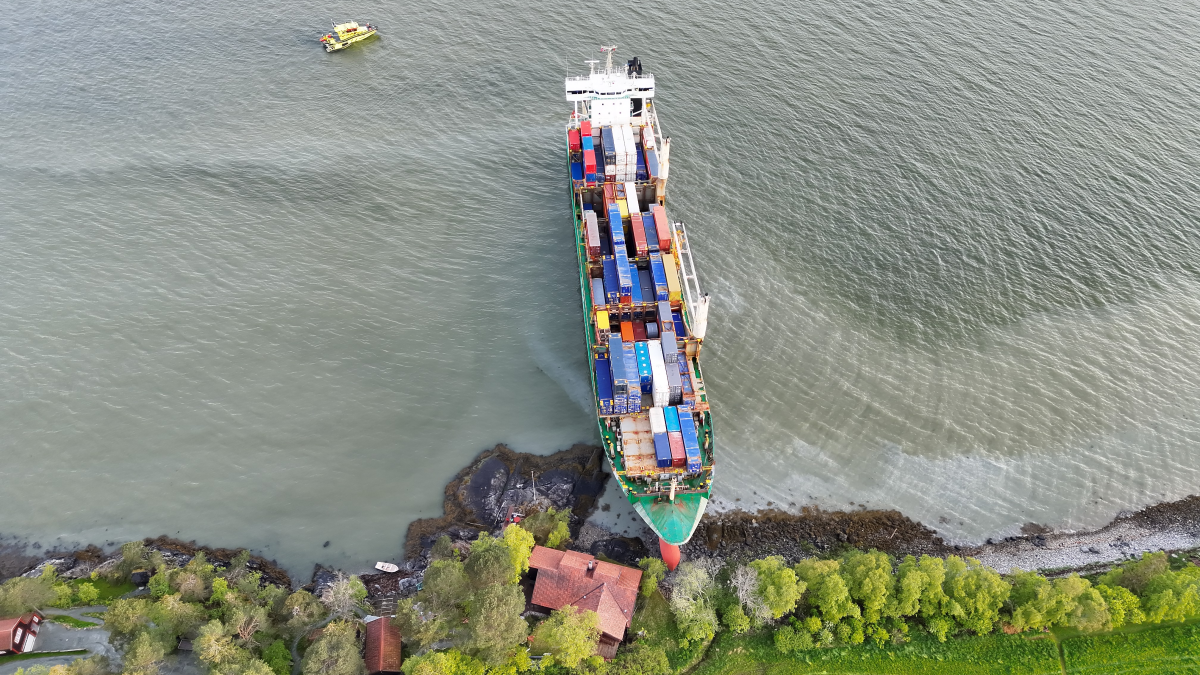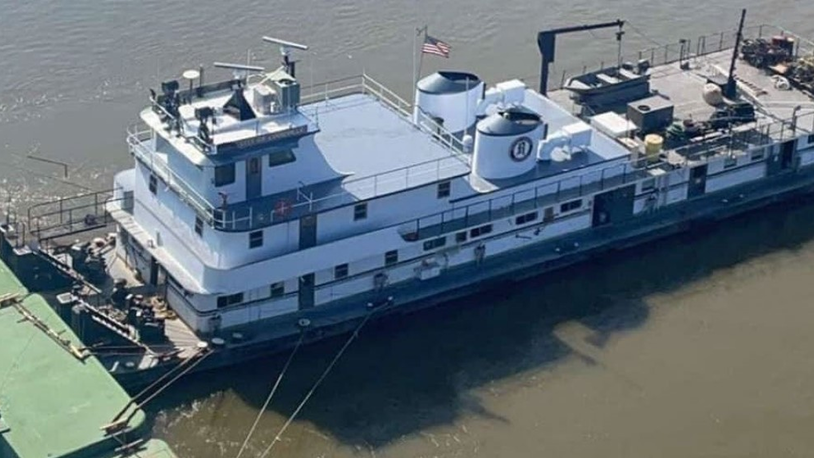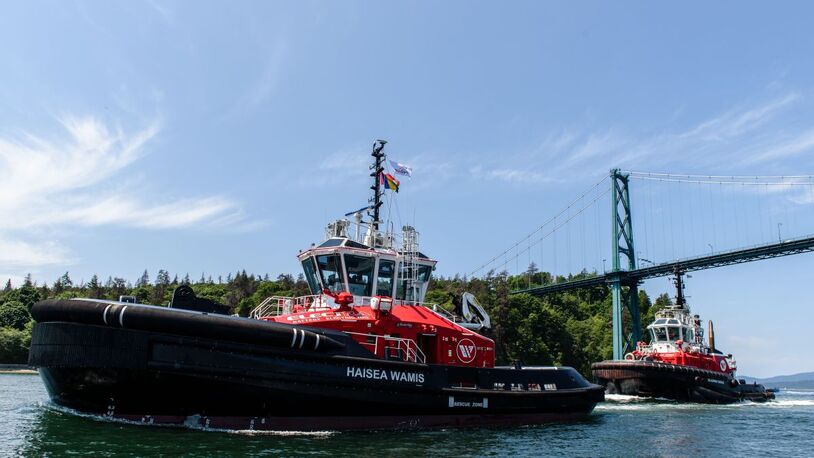Business Sectors
Contents
Digitalisation of tug tank monitoring systems
PSM Instrumentation’s Mark Jones explains how the latest digital tank gauging technology is important for tugs and harbour operations
Modern tugs are required to be both versatile and responsive. In addition to their everyday tug assist and escort duties, tugs may be deployed at any time to act as ice breakers or salvage boats or to assist with fire-fighting emergencies.
As with any on-call service, speed of response is essential. Maintaining cover requires that individual tugs are always serviceable. Equally, crew safety is a concern where small crews are busy handling a diverse range of tasks at any one time.
The latest digital tank gauging solutions are flexible and highly accurate, offering continuous measurement and a centralised display in real-time to provide easy to access, at-a-glance monitoring. For smaller vessel operators and owners, however, the initial investment cost is often a deterrent to upgrading.
Optimised for vessels with up to 30 measuring points, the new VPM4310 system from PSM provides a comprehensive and simple to install option for operators and owners looking to upgrade existing mechanical monitoring systems on board tugs. Purpose developed hardware provides a cost-effective solution compared to more complex radar-based inventory systems or transmitters connected to a PLC running custom software.
Integrated architecture
Modern tank gauging systems such as the VPM4310 are designed to be flexible, providing measurement for ballast, fuel oils, lubrication oils, and fresh water tanks as required to suit the specific circumstances. Fluid levels are measured electronically by hydrostatic level transmitters with submersible construction.
Additionally, vessel draught can be monitored, and trim/heel values calculated from the draught measurements or by inclinometers. All transmitters are inter-connected via a multi-drop serial communication network constructed with purpose designed termination modules to a display which provides real time readings.
The display provides operators with an immediate view of all tank measurements in both bar graph and numeric format, showing level, volume and temperature. Alarm states are also clearly displayed, allowing prompt action to be taken as needed.
Having all system components interconnected on a single network significantly reduces cabling needs and simplifies installation. Additional display points and serial connection to the vessel’s central monitoring system can easily be added if required.
Fast track installation
In developing this solution, a key objective has been to simplify installation, enabling fitting to be carried out by local engineers without the need for specialist support. Systems are supplied pre-configured to suit the requirements of individual vessel applications, based on the number and size of tanks to be measured. The connection modules require just one four wire cable to distribute power and communications.
This combination of speed and flexibility, together with the potential for customisation, is an attractive option for retrofits and conversions, while enabling new vessels to be fitted out at short notice to meet changing operational demands.
Added functionality
The benefits of the latest digital tank gauging systems extend beyond initial commissioning. Minimal maintenance is required, while the systems are upgradable to accommodate expanding needs and other instrumentation can be integrated into the measurement loop for maximum interoperability.
The low construction cost of the VPM4310 system paves the way for an uptake in digital tank gauging solutions by tugs and other smaller vessels, raising the benchmark for performance and reliability while delivering improved efficiency and safety.
Iceland harbour tug upgraded
The Vestmannaeyjar Harbour Co, which provides port services for the Westman Islands off the south coast of Iceland, has upgraded tank gauges on a tug. The existing tank system on the harbour tugboat Lodsinn was proving unreliable with ever-increasing maintenance costs.
The VPM 4310 offered a replacement solution at a reduced cost. As the components were supplied already configured to suit the application, only local cabling was required by the onsite engineering team, with no need for additional specialist support.
Mark Jones is a sales director at PSM Instrumentation
Related to this Story
Events
Reefer container market outlook: Trade disruption, demand shifts & the role of technology
Asia Maritime & Offshore Webinar Week 2025
Marine Lubricants Webinar Week 2025
CO2 Shipping & Terminals Conference 2025
© 2024 Riviera Maritime Media Ltd.


